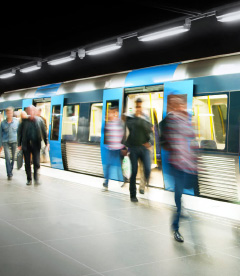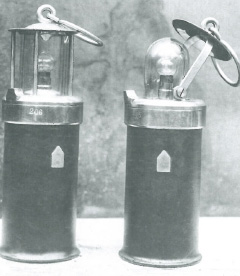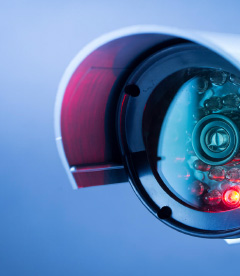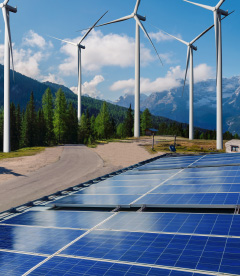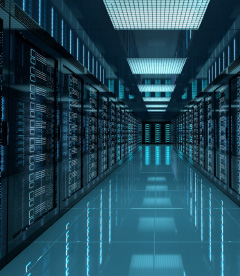Rising to the Clouds, Electricity Must Never Run Out
Application
October 2. 2023
2 min.
Especially the tallest skyscrapers are actual vertical cities, but without power they become a trap for thousands of people. Therefore, battery-based backup power systems are a key component of high-rise buildings.
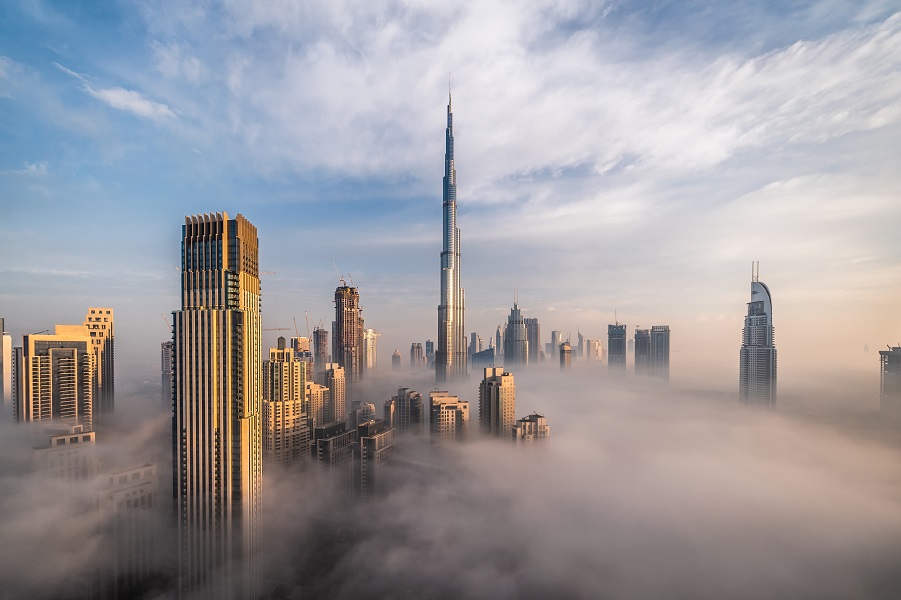
It's not just Die Hard, but there are dozens of movies that take place in skyscrapers and usually feature scenes of people crammed into a jammed elevator, that is, unless the shaft is falling uncontrollably, or at least the power and communication systems are down. But in the end, the hero saves the day, just as emergencies are effectively handled off the silver screen, too. Except that in real life, the hero doesn't have the face of Bruce Willis, but the form of a stack of battery cells.
For instance, elevators are secured by Emergency Lift Power Systems (ELPS), which all high-rise buildings like Nakatomi Plaza in Die Hard must have. ELPS takes three-phase power from the electrical grid and uses it to power the elevator while simultaneously charging the batteries. In the event of a power outage, the batteries take over-power and can generate three-phase output to move the elevator during evacuation. When the mains power is restored, the ELPS system switches back to using it as the primary power source and starts charging the batteries again.
An uninterruptible power supply (UPS) system has essentially the same function but a wider range of applications. Apart from covering short-term outages, UPSs as well 'clean' the pass-through power to ensure that all the equipment in the building receives the correct voltage and the current flows uninterrupted - which may be crucial for the safe operation of installations such as servers, medical or other sensitive equipment.
The most common type of UPS used in commercial facilities is based upon battery storage. It operates on at least one, sometimes more, rechargeable batteries and is ideal for managing smaller or medium loads. Whereas flywheel or rotating UPS systems use electricity generated by a built-in rotating component. This type of system is typically used by larger facilities, but maintenance is more difficult and the resulting downtime is longer.
In any case, the UPS only provides back-up for a limited time, as many skyscrapers are equipped with a set of diesel or gasoline generators capable of maintaining energy supply to critical systems for a longer time. However, if for some reason the generators won't start, it is up to the UPS to keep providing power for at least the most crucial loads. For trouble-free and reliable start of a generator set it is recommended to use a nickel-cadmium battery, as Ni-Cd cells have a high discharge rate, among other advantages.
| Burj Khalifa, towering a staggering 828 meters above Dubai, also has a number of backup systems. The 163 floors are connected by 57 lifts, some of which whizz along at almost 40 km/h, and the building also needs to be supplied with nearly a million liters of water a day. Given the climate conditions, the tower features a very effective cooling system with a peak performance of 46 MW – that's the equivalent of 12 million metric tons of melted ice cubes per day. The power supply fails, and the 10,000 to 12,000 people trapped in the tower will experience how it's like to be a minor character in a 1980s action movie. Fortunately, the Burj Khalifa's backup systems are not only carefully designed, but also equipped with the most reliable batteries: nickel-cadmium cells provided by GAZ. |
Related articles
Why Stabilizing the Grid can be done so Efficiently with Batteries
March 27. 2025
2 min.
VíceElectric Buses on the fast Track
March 4. 2025
2 min.
VíceEasy Riding with Battery Power
February 13. 2025
2 min.
VíceMaking Water Flow with Batteries
November 8. 2024
2 min.
Více